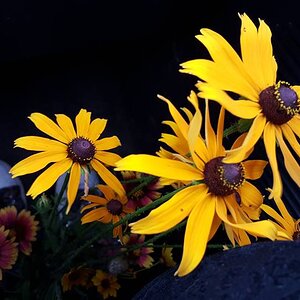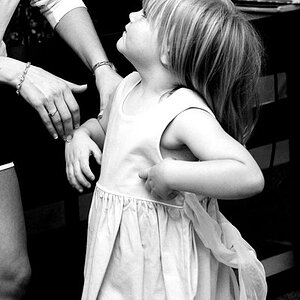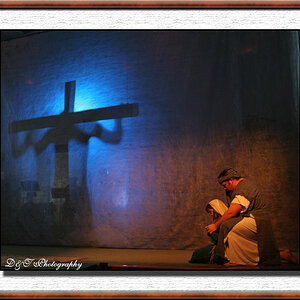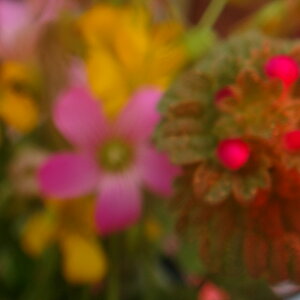jando
TPF Noob!
- Joined
- Feb 25, 2014
- Messages
- 14
- Reaction score
- 1
- Can others edit my Photos
- Photos NOT OK to edit
So I have my camera and all I need is film to start. As I'm just starting all this I'm trying not be too adventurous and experimental. I saw photos that I liked shot with lomography colour negative 400. But I'm not sure about it. I've been thinking about Kodak Gold and Fuji Superia. So is different brand film but like in this case all colour negative 400 the same thing? Ignoring if they are expired (or not) and how they've been stored.
Questions:
1. So can I get Kodak or Fuji instead of lomography if I was trying to go for similar results as the photos I saw and liked?
2. I saw there's Kodak gold ULTRAMAX, Kodak Gold MAX, Kodak Royal? What's the difference?
3. On the lomography box (3 rolls) it says 36 exp, does that mean per roll or per box?
Thanks!
Questions:
1. So can I get Kodak or Fuji instead of lomography if I was trying to go for similar results as the photos I saw and liked?
2. I saw there's Kodak gold ULTRAMAX, Kodak Gold MAX, Kodak Royal? What's the difference?
3. On the lomography box (3 rolls) it says 36 exp, does that mean per roll or per box?
Thanks!




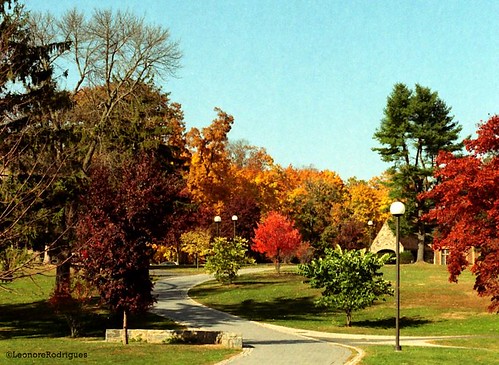

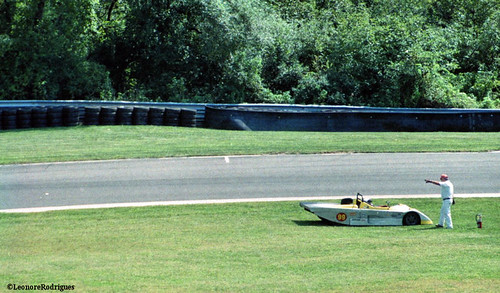
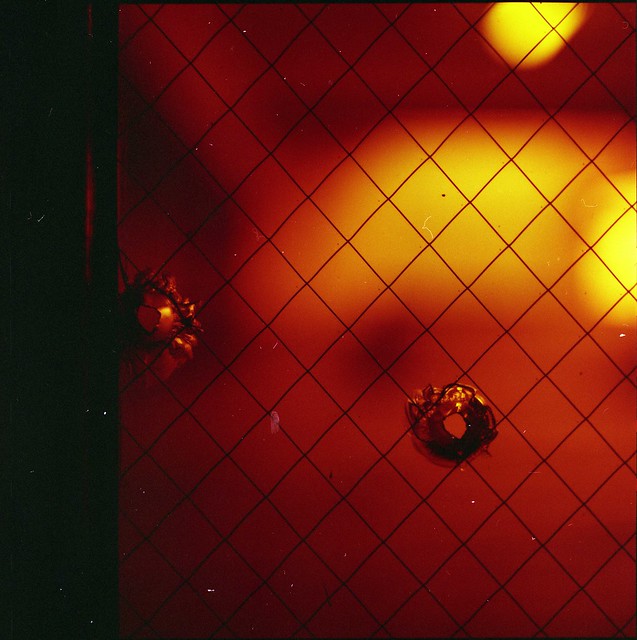
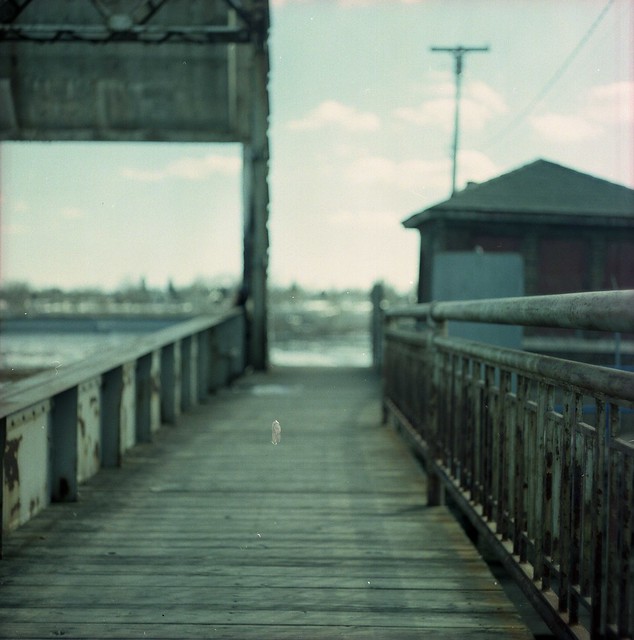
 Those two were done with my Hasselblad.
Those two were done with my Hasselblad.

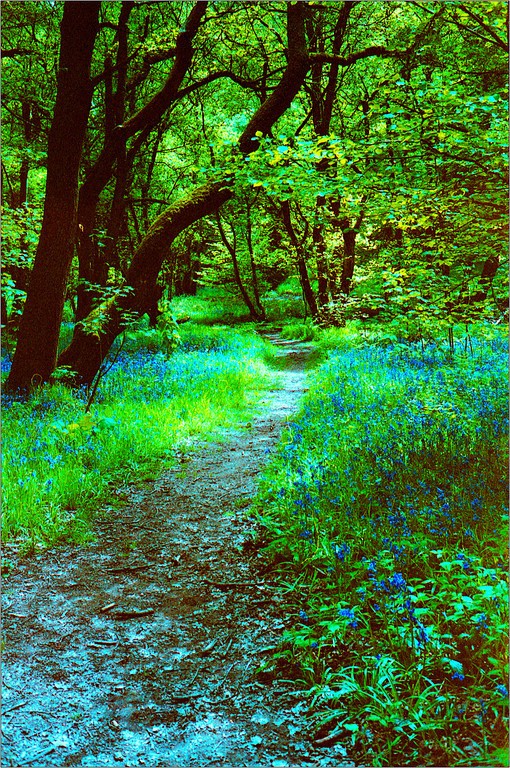


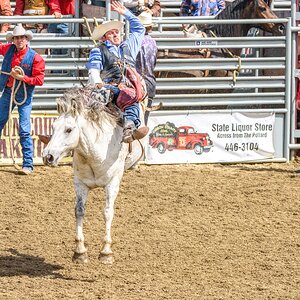
![[No title]](/data/xfmg/thumbnail/31/31035-96228fec87f6f8e8b5f3db4e93e99189.jpg?1619734580)
